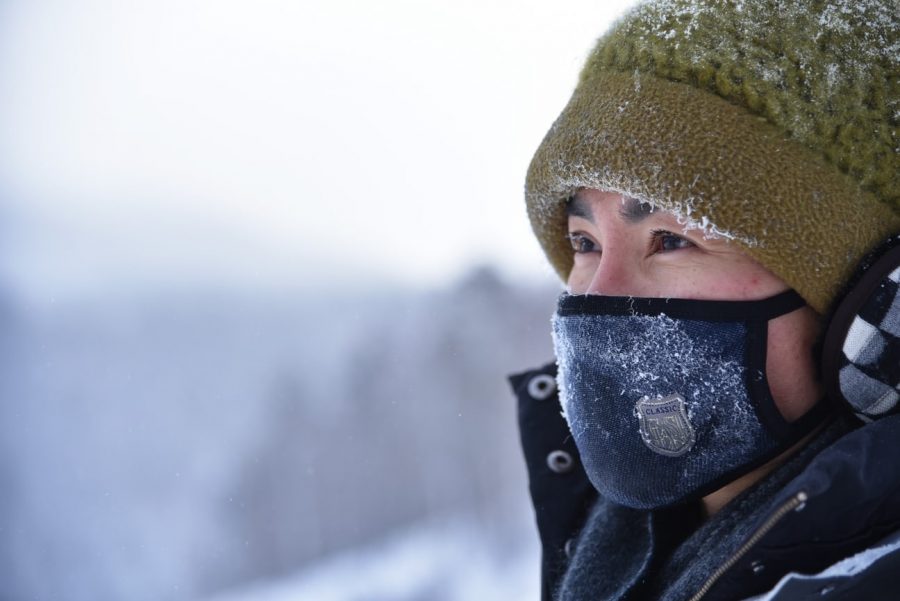Heading into the cold
CDC warns the dangers of COVID-19 cases surging as the flu season approaches
Photo by and used with permission of Arisa Chattasa
Recently, the temperature has been dropping and winter is just around the corner. But with the cold weather comes the concern of the increased risk of contracting COVID-19.
A rising concern this winter is the potential increase in COVID-19 cases in addition to influenza and the cold season.
According to COVID-19 projections site, the number of deaths currently is about 25 deaths per day in Illinois, but it is predicted to go up to around 180 deaths per day by the end of December.
“I feel that the COVID-19 season is going to be very similar to what it was in March where places were closed and we had to quarantine to be safe,” Kim Philipp, English teacher, said. “I fear the safety for a lot of us because I think flu season and COVID together is a bad combination. It’s a danger.”
According to the Center for Disease Control and Prevention (CDC) , “symptoms of flu and COVID-19 are similar, [so] it may be hard to tell the difference between them based on symptoms alone,” spiking unease among some teachers and students.
In addition, students are worried about how the protocols at school for sending students home this year will affect them if they have any cold-like symptoms.
“[The protocols] makes sense. I get that they’re trying to be really safe,” Ryan Donnan, sophomore, said. However, Donnan says he has anxiety about his allergies and colds being a nuisance when it comes to going to school. He says there could be a chance that “someone’s probably going to think I’m unproven [or have COVID-19] and then sound an alarm.”
Allergies are just one of the many concerns among students such as Natalie Czarnik, sophomore, who deals with her own, unique health situation.
“Generally when I get a temperature check, the person always asks me, ‘Are you okay?’ because my temperature is always a little higher. Instead of 98 degrees it might be like 99 or 100 [degrees]. That could be a sign of a fever, but it’s kind of normal for me,” Cznarik said.
While the protocol may prove to be an obstacle to many students, both Czarnik and Donnan think that continuing to stay in person for school is important.
“I definitely think it’s worth going back,” Czarnik said. “I just think that there should definitely still be precautions taken, but I definitely think it’s worth it.”

This is Jane’s third year on staff and second year as Digital Editor-in-Chief of Bear Facts. Jane is involved in orchestra, Tri-M, NHS, Sinfonietta,...

